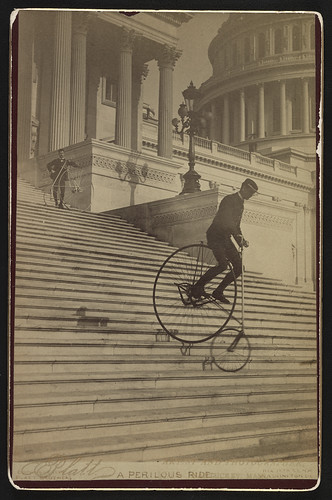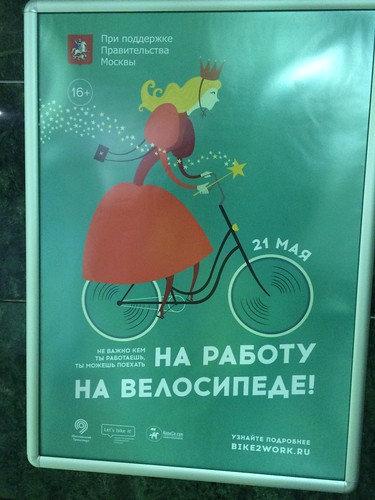"A person is dead after a fiery crash near the U.S. Holocaust Museum in the District." - the story is dated 11/10. The accident happened some time between Monday the 9th and Tuesday the 10th - oddly the story fails to provide any time or date at all. I just know that I came upon the crash site when I rode to work Tuesday morning (the 10th). "The driver lost control and hit a large tree, according to the U.S. Park Police. The car then caught fire." The Park Police are involved because the tree the driver ended up crashing into is on Park Service land. "The driver ... was headed south on Raoul Wallenberg Place near Maine Avenue in Southwest Washington." Yes, the driver was on Raoul Wallenberg, but crashed at least 50 fifty after the turn onto Maine, so the accident took place on Maine. I would assume the vehicle made the turn from Wallenberg at very high speed cutting through the intersection but nevertheless failed to negotiate the turn properly, jumped the curb, demolished some bollards, then hit the tree.

Looking down Maine Avenue (to left) and Ohio Drive (to the right) - Ohio Drive continues past the Jefferson Memorial as well as access to the 14th Street bridge to Virginia

Here you can deduce more easily what must have happened, with the scorch marks and demolished bollards
Riding by this, the scorch marks made a considerable impression on me - generally I think of cars crashing and bursting into flames as something that happens in movies made in the 1960s-70s, not something that happens, but apparently it did here. I was reminded of the quote, "If you don't like the way I drive, stay off the sidewalk!" (A quote from where? I don't know. Bad librarian.) This is a part of my ride in - typically I ride inbound on this sidewalk because the alternative on-the-street route is circuitous and involves a stop light that I can otherwise avoid. But I am always alert even up on the sidewalk to what the cars are doing, because people here do drive fast and often do dumb things trying to cut across lanes, so I am not so sure I feel all that safe just because I am up on the sidewalk.
Thursday, after the Veterans Day holiday, I was surprised to see the tree draped in ribbons and balloons and a bottle of champagne at the foot of the tree, an apparently memorial to the driver who died. The Park Service was not, it seems, interested in that since by my ride home it was all gone, along with the yellow incident tape.









